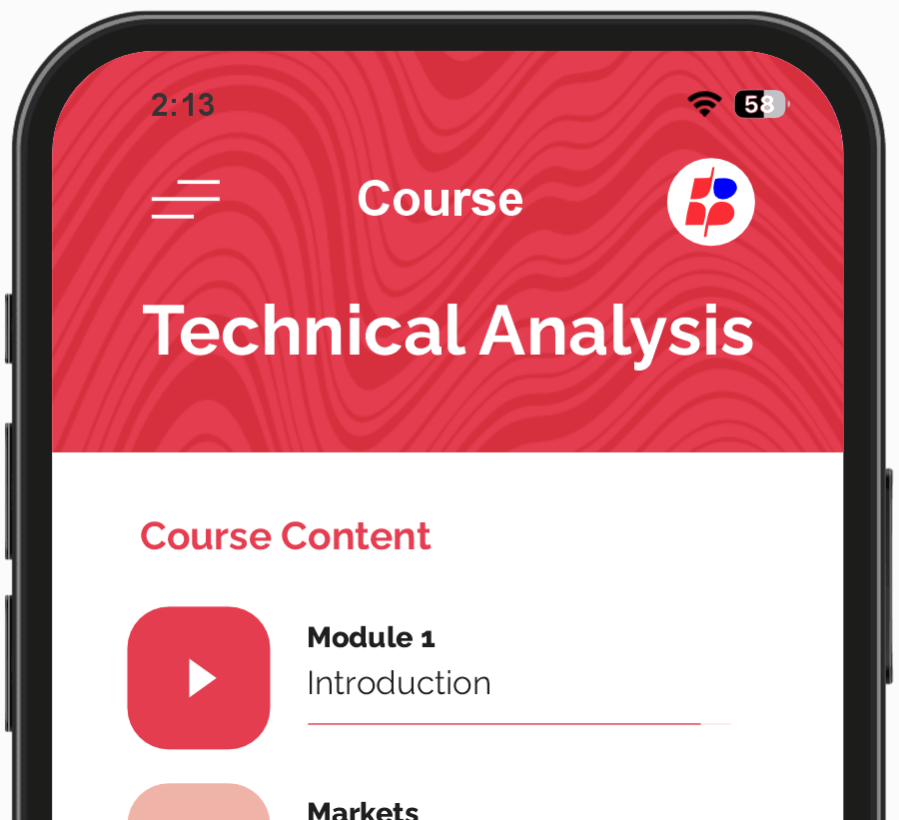In Forex trading, a Deal Blotter is essentially a record-keeping tool that tracks every trade or deal that a trader makes.
Let’s take, for instance, a detailed list or logbook where each trade is documented, like writing down the details of every transaction in a shopping cart but for a financial market.
Whenever a trader buys or sells currency pairs, the transaction is recorded in the Deal Blotter.
This log helps traders and financial institutions monitor their trades to ensure everything is in order.
It includes important information such as the time of the trade, the currencies involved, the size of the transaction, and the price at which the trade was executed.
In This Post
Why is a Deal Blotter Important?
Now that you know what it is, let’s talk about why a Deal Blotter is so crucial. Without proper tracking, traders might miss out on important details or fail to catch mistakes.
Below are a few reasons why keeping a Deal Blotter is a smart move for any Forex trader:
1. Organization and Clarity
Forex trading can be incredibly fast-paced and sometimes overwhelming.
A Deal Blotter helps keep everything organized. Instead of trying to remember every trade or deal made throughout the day, traders can simply look at the blotter for a quick overview.
2. Risk Management
By keeping track of all the trades, a trader can analyze their past decisions to assess risk and improve future strategies.
This can help traders avoid costly mistakes and minimize their exposure to risk in the market.
3. Compliance and Reporting
For professional traders and institutions, maintaining a Deal Blotter is important for compliance with financial regulations.
It ensures that trades are properly documented and can be easily reviewed if needed for auditing purposes.
4. Transparency
A Deal Blotter ensures transparency within the trading process. For example, if there’s ever a need to review or question a trade, the blotter can be referred to as a clear record of what occurred.
5. Performance Tracking
Traders often use their blotter to track their overall performance. By reviewing the details of past deals, they can identify patterns in their trading behavior, whether they’re winning or losing, and what strategies are working best.
What Information Does a Deal Blotter Contain?
A Deal Blotter isn’t just a simple list; it’s a detailed document that includes all relevant information about each transaction.
Below are some of the details you’ll typically find in a Deal Blotter:
- Trade ID: A unique identifier for each trade.
- Time of the Trade: The exact date and time when the trade was executed.
- Currency Pair: The two currencies involved in the trade (e.g., EUR/USD or GBP/JPY).
- Quantity: The amount of currency traded.
- Price: The exchange rate at which the trade was made.
- Buy or Sell: Whether the trader was buying or selling the currency pair.
- Trader’s Name: The individual responsible for executing the trade (especially in a professional setting).
- Broker Information: The name of the broker facilitating the trade.
- Trade Value: The total value of the transaction in terms of currency.
How Traders Use a Deal Blotter in Forex
Now, you might be wondering how traders actually use their Deal Blotters on a day-to-day basis. Let’s look into it below:
1. Record Keeping
As trades are executed, traders add them to the Deal Blotter in real-time. This ensures that they don’t miss any important information and can review it later if needed.
2. Analyzing Performance
After a trading session, traders often look back at their Deal Blotter to evaluate their trades. They can identify profitable deals, mistakes, and areas for improvement.
With all the information laid out clearly, traders can assess their overall risk exposure. For example, if a trader is heavily invested in one currency pair, they might see the need to diversify by trading other pairs.
4. Tax and Compliance
At the end of the financial year, traders need to report their earnings and losses for tax purposes. Having a Deal Blotter makes this process much easier.
It helps traders accurately calculate their profits and losses and ensures they’re following the rules set by regulators.
5. Trade Reconciliation
In large institutions, different departments may handle different parts of a trade (execution, settlement, etc.). The Deal Blotter acts as a reference point to make sure everyone is on the same page.
Digital Deal Blotters
In today’s tech-driven world, Deal Blotters have evolved from simple paper logs to sophisticated digital tools.
Many Forex trading platforms now offer built-in Deal Blotters that automatically record trades in real-time.
These digital blotters can be customized to display the exact information a trader needs, and they make it even easier to track trades, analyze performance, and manage risk.
Moreover, digital Deal Blotters can be synced with other software tools for enhanced reporting, auditing, and compliance.
They provide traders with advanced features, such as filtering and sorting trades based on different criteria, which can save time and improve efficiency.
Conclusion
To sum it up, the Deal Blotter is a crucial tool in the world of Forex trading. It helps traders stay organized, manage risk, ensure compliance, and track their performance.
Whether you are just starting your trading journey or have been trading for years, understanding how It works and why it matters can improve your trading experience.
So next time you hear a trader mention a Deal Blotter, you’ll know exactly what they’re talking about and why it’s so important.
Read more



